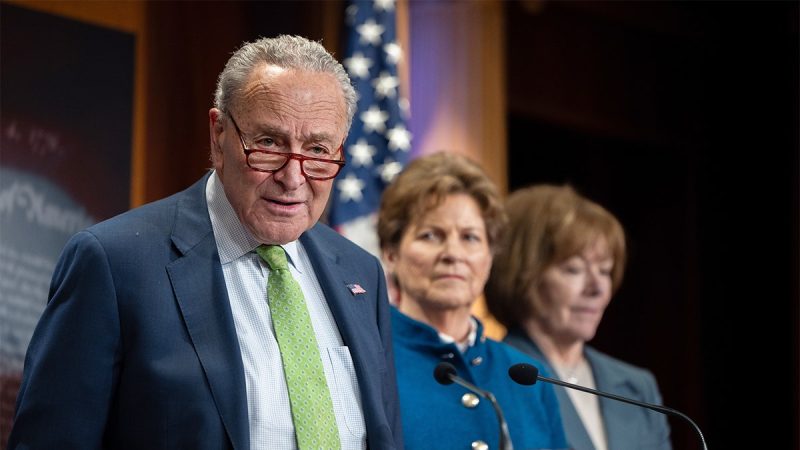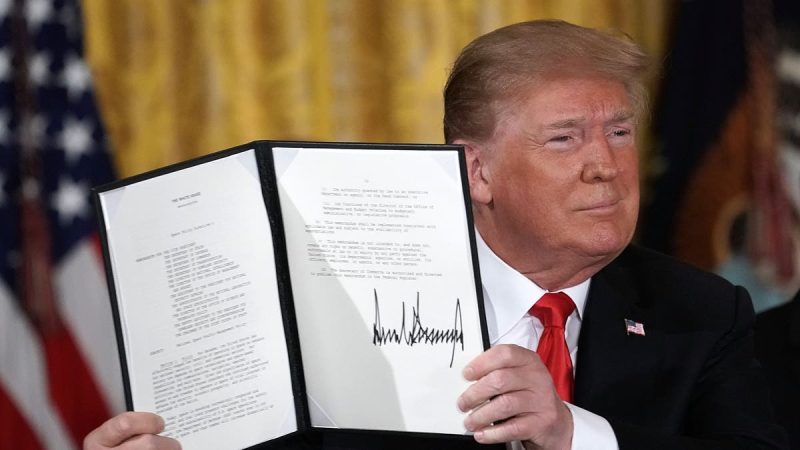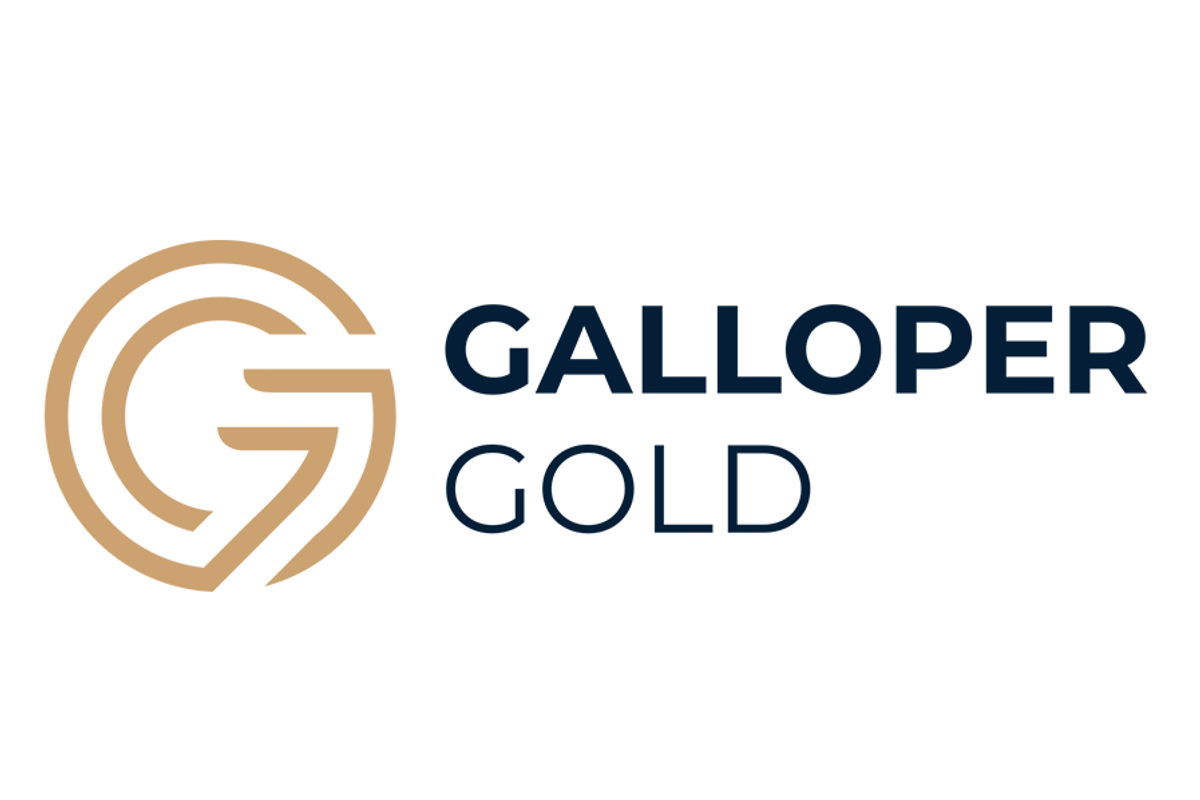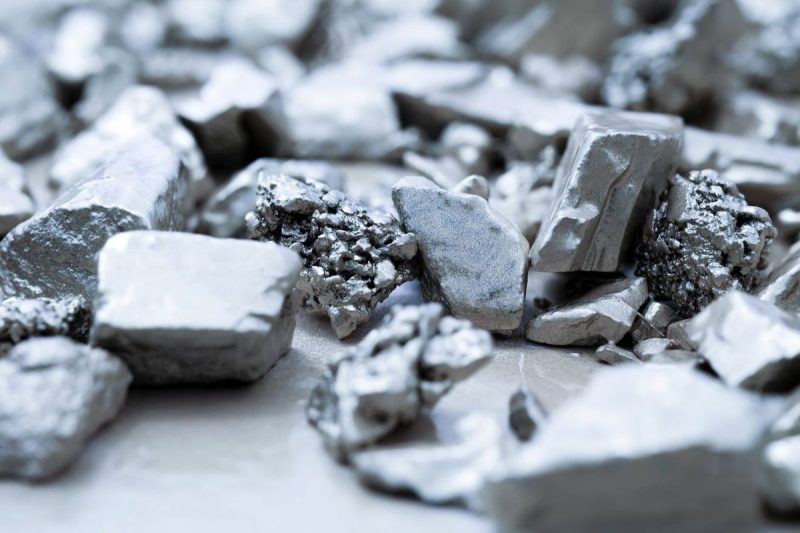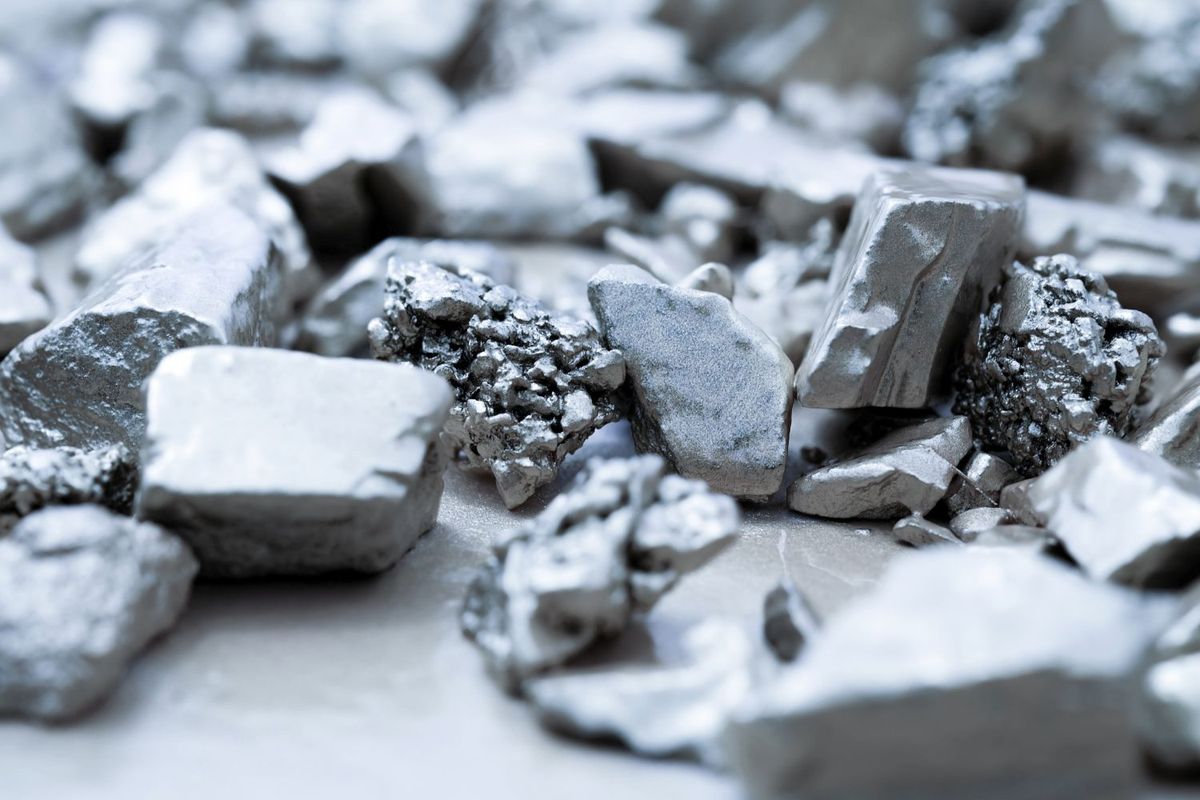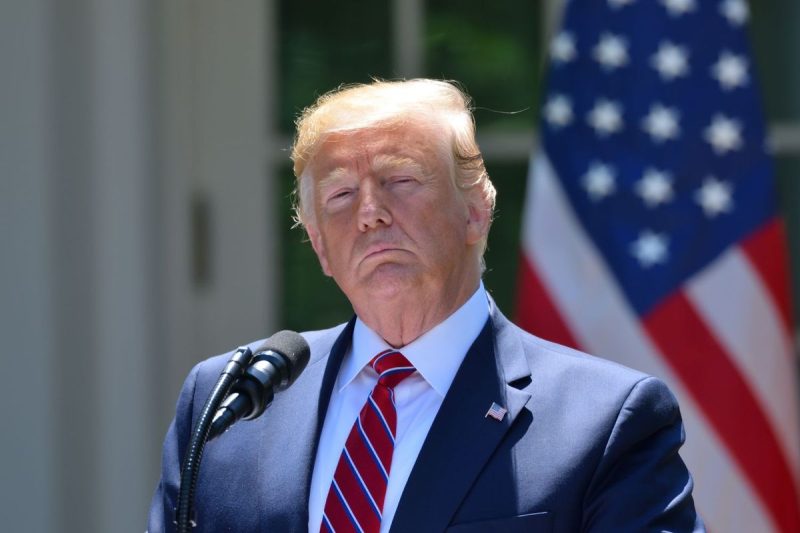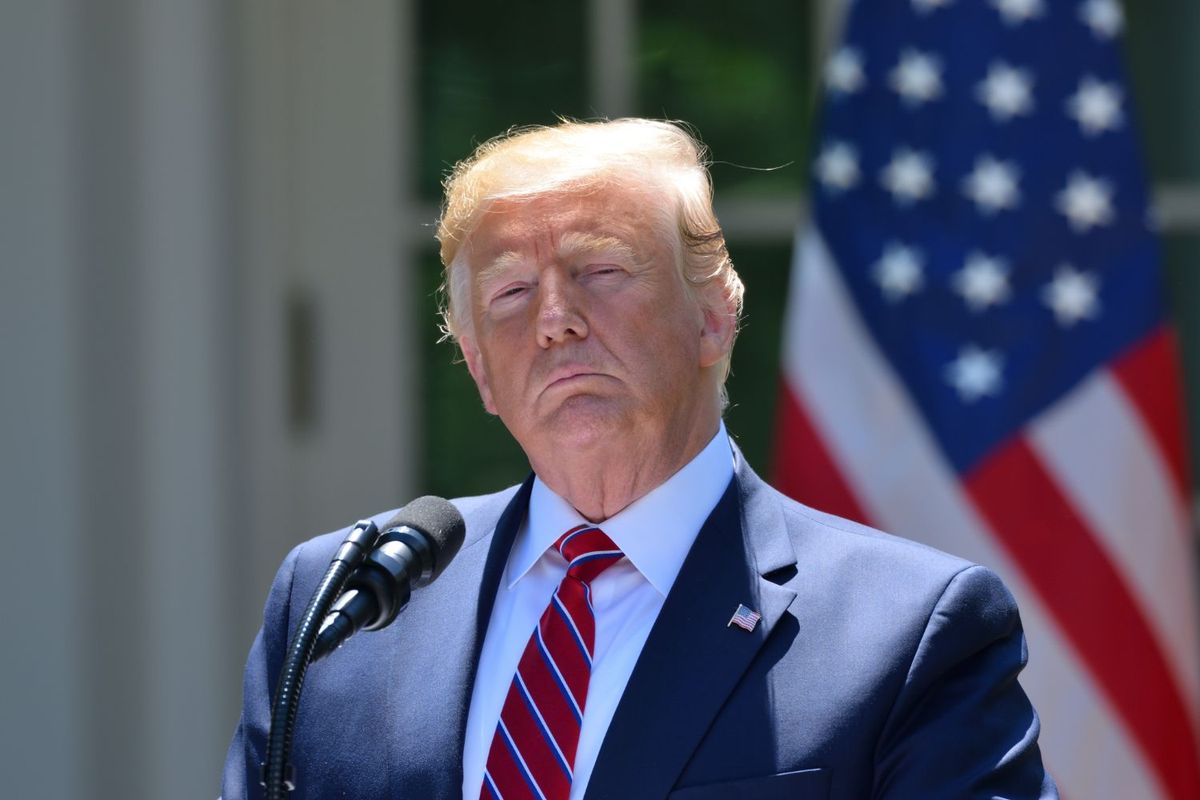

The biotech sector in Q3 2024 experienced a dynamic landscape characterized by advancements in AI-powered drug discovery and fluctuating venture capital investments.
Investors exercised caution and restraint due to the economic outlook; however, the potential of artificial intelligence (AI) to revolutionize healthcare remained a focal point.
AI’s role in drug discovery
Advancements in AI technology are fueling anticipation of AI-powered drug discovery. However, uncertain macroeconomic conditions have tempered investor enthusiasm.
According to KPMG’s Q3 2024 Venture Pulse Report, venture capital (VC) activity decreased in Q3 compared to the previous quarter. Data from Evaluate shows biopharma VC investment reached US$6.59 billion, down from US$7.95 billion in Q2.
However, total VC funding in 2024 has already surpassed levels seen in 2023, with cumulative funding for biopharma companies more than double the amount seen in Q3 2023, according to data gathered by Zymewire.

Cumulative funding by region in Q3
Chart provided by Zymewire
Despite the dip in VC funding, industry participants remain keenly interested in the potential of AI to revolutionize healthcare. In July, AbCellera (NASDAQ:ABCL), a biotech company specializing in AI-powered antibody drug discovery, expanded its existing partnership with major pharma company Eli Lilly (NYSE:LLY) to identify and develop new antibody therapies for a range of diseases, including immune disorders, cardiovascular disease and neurological conditions. This collaboration underscores the growing interest in leveraging AI for drug development.
Further demonstrating its progress, the company announced the initiation of preclinical trials for four new T-cell engager models during its Q2 2024 business update on August 6. Notably, the US Food and Drug Administration (FDA) granted fast-track designation to an Investigational New Drug (IND) submission for a potential new cancer drug developed by Abdera, a company AbCellera helped establish.
Exscientia, another company utilizing AI for drug discovery, specifically in small molecule drug development, announced progress in its collaboration during its Q2 business update on August 15. Initiated in September 2023, this partnership aims to discover new drug candidates for oncology, neuroinflammation and immunology. Most notably, Exscientia’s candidate, GTAEXS617, is currently enrolling test subjects for its Phase 1/2 trial for the treatment of solid tumors.
These advancements demonstrate the potential of AI to accelerate the development of promising new therapies, offering a potential solution to the declining productivity in biopharmaceutical research and development (R&D) highlighted in McKinsey’s July 31 report, Making More Medicines that Matter.
The report analyzed contributing factors such as low clinical trial success rates and the rising cost of development as impediments to progress, despite increased clinic development. AI’s ability to optimize trial design and predict drug efficacy can potentially overcome these hurdles.
As Susie Roberts, head of research informatics at precision medicine company Relay Therapeutics (NASDAQ:RLAY) confidently stated at HealthTech Ignite, a conference hosted by Pender Ventures in Vancouver on October 10, “We will definitely see AI design drugs in the next 10 years. There are four drugs that were designed by AI technologies in later phase clinical trials right now. So those are showing very promising results from the clinical trials. So it is working.”
The arduous drug development process has led companies to rely on blockbuster drugs such as Eli Lilly and Novo Nordisk’s (NYSE:NVO)blockbuster glucagon-like peptide-1 (GLP) drugs, tirzepatide and semaglutide. Sales of these drugs, marketed as Mounjaro, Wegovy and Ozempic, have achieved remarkable success, with sales representing a sizable share of the companies’ respected revenues in Q3.
However, reliance on a few key products carries risk. Both companies faced supply shortages of these drugs in Q3 and are encountering competition from companies like Pfizer (NYSE:PFE) and Viking Therapeutics (NASDAQ:VKTX), which have shown promising results in their clinical trials for similar treatments.
The competition in the market for GLP-1 drugs, used to treat type II diabetes and obesity, is particularly fierce. “GLP [drugs are oversaturated],” Megh Gupta of Wittington Ventures told the audience at HealthTech Ignite. “Do the medications work? Sure, but there are now dozens of companies doing the same thing…I think the ship’s kind of already sailed.”
Perhaps to mitigate these risks, Eli Lilly signed a deal worth US$140 million with San Diego-based biotech startup Radionetics Oncology in July. Terms of the deal give the pharma giant the option to buy the start-up for US$1 billion at a later stage. This strategic partnership provides Eli Lilly with access to Radionetics’ promising pipeline of cancer therapies and highlights the continued trend of pharmaceutical companies investing in and collaborating with innovative biotech startups to drive future growth.
AI’s expanding role in MedTech
Beyond drug discovery, investment in the biotech sector expanded to include AI-powered ancillary products and services that support and enhance the efficiency of the broader biopharmaceutical and medical industries in Q3.
The Innovation Labs’ Top Tech Needs In 2024 For Life Science Report highlighted the evolving nature of healthcare provider engagement with life science companies, with technology, particularly AI, seen as the key enabler.
At HealthTech Ignite, KLAS research director Ryan Oliver highlighted the areas where healthcare providers are planning to deploy AI, among them clinical decision support, workflow automation, operational optimization and disease management and prediction.
The Clarius Model-T AI Handheld Ultrasound Machine, described by Clarius CEO Ohad Arasi, is a good example: it uses AI algorithms to enhance image quality and assist in diagnosis and provide real-time guidance during medical procedures.
However, a ZoomRx survey of over 200 life science professionals revealed there is still some distrust of AI, with data security cited as a primary concern. Additionally, many companies adopting AI are still in the early stages and most respondents said they see AI as a way to reduce costs and that the major impact AI could have on revenue is overrated. Drug discovery, precision medicine and trial optimization were identified among the top five AI use cases by respondents.
Despite a slow rate of adoption, Rock Health’s Q3 analysis of the digital health marketplace revealed the space received US$2.4 billion in venture funding. The authors note that while the number of deals declined by about 17 percent, the average deal size has held at roughly US$20 million through the third quarter. They speculate this trend is indicative of VCs’ more selective approach.
As Gupta points out, “Demonstrating that you’re solving a pain point isn’t enough. It’s got to be a pain point that people are willing to pay for, and that it’s a pain point that can scale into a large enough market.”
The analysis also showed that mergers and acquisitions decreased in Q3 2024 compared to the same period in 2023. Q3 also saw a shift towards vertical consolidation, with companies acquiring businesses at different stages of the value chain, instead of primarily targeting competitors as seen in previous years.
Gupta and HealthTech Ignite panelists Branden Fini of Providence Ventures and Daniel Sinclair from the Co-operators Group, discussed how healthcare leaders evaluate AI-powered solutions, seeking out minimally disruptive ones that integrate easily into existing workflows and solve specific, measurable problems in healthcare. Fini says his team is focusing their investments on tools that increase access to healthcare while lowering the cost to patients.
Q3 financial performance and market trends
Q3 saw a mix of positive and challenging developments in the biotech sector, with strong financial performances from leading companies, significant drug approval and ongoing clinical trials and robust IPO activity when compared to other sectors.
Johnson & Johnson’s (J&J) (NYSE:JNJ) Q2 results, reported on July 17, exceeded expectations, driven primarily by its oncology, immunology and neurology therapies. Merck’s (NYSE:MRK) Q2 results, posted on July 30, were also above estimates, with its blockbuster cancer treatment Keytruda surpassing US$7 billion in sales.
A handful of notable drug approvals also occurred in Q3, including J&J’s Lazcluze for non-small cell lung cancer and Eli Lilly’s Kisunla for Alzheimer’s disease. Lazcluze, a combination therapy targeting specific mutations in the EGFR gene, offers a promising new approach to overcoming resistance in certain types of lung cancer. Kisunla represents a significant advancement in Alzheimer’s treatment, with clinical trials demonstrating its potential to slow cognitive decline by targeting amyloid plaques.
The biotech sector also witnessed robust IPO activity in Q3 compared to the previous quarter. BioPharma Dive identified 8 new public biotech companies in Q3 2024, indicating investor confidence in the sector’s potential. Experts anticipate further IPO activity following the election and into 2025.
Q4 outlook
Looking ahead, the biotech sector is poised for continued growth. Established companies are expected to continue leveraging AI and strategic partnerships to drive innovation and growth. Eli Lilly’s recent announcement of a US$4.5 billion manufacturing and research site in Indiana, coupled with its earlier partnership with Isomorphic Labs, is one example that suggests a strong commitment to AI-powered drug discovery and development.
However, regulatory changes and evolving market dynamics could present challenges. While the full impact of the Supreme Court’s decision to overturn the Chevron Deference will likely unfold gradually, it may lead to increased regulatory scrutiny and potential legal challenges for biotech companies. The potential implication could impede drug approvals and market access in the coming quarters.
Although VC investment is not expected to change dramatically in Q4, AI-powered solutions are likely to attract attention. DeepMind’s AlphaFold, recently awarded the Nobel Prize in Chemistry, has ignited a renewed fascination with AI’s transformative potential in the biotech industry, particularly in areas like drug discovery and trial optimization.
Strong IPO activity could persist in Q4, fueled by investor confidence in the biotech sector and the anticipation of further interest rate cuts by the Federal Reserve should the economy show sustained signs of cooling inflation.
Ultimately, the biotech sector’s ability to navigate these challenges and harness the power of innovation will determine its success in the coming quarters and its continued contribution to addressing critical global health needs.
Securities Disclosure: I, Meagen Seatter, hold no direct investment interest in any company mentioned in this article.
This post appeared first on investingnews.com
